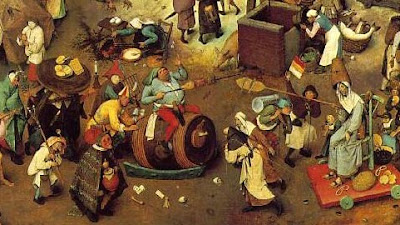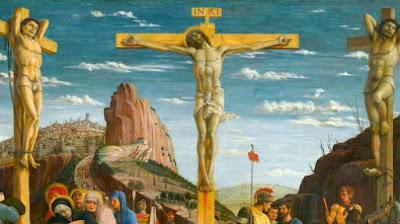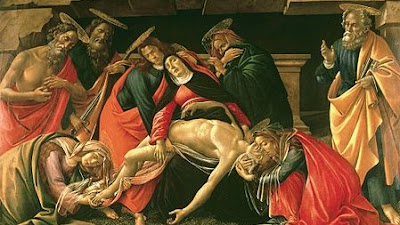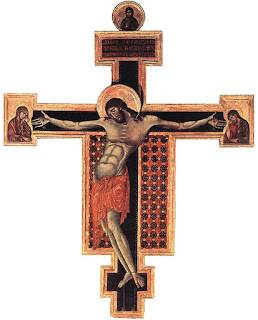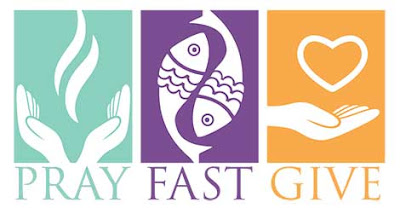Reflection for the First Sunday of Lent, Year B
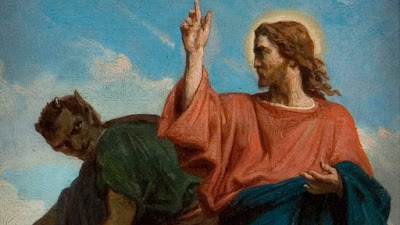
By Msgr. Bernard Bourgeois Genesis 9:8-15; Psalm 25; 1 Peter 3:18-22; Mark 1:12-15 " The Spirit drove Jesus out into the desert, and he remained in the desert for forty days. " (Mk 1:12) In the midst of winter, February ushers in the great Paschal Season. “Paschal” comes from the ancient Aramaic pasha, meaning passover. Jesus Christ is the new and final lamb of sacrifice of the passover. The Paschal Season celebrates this mystery of faith. The most important liturgical season of the year, it includes Lent, the Sacred Triduum, and Easter Sunday, “The Great Fifty Days” of the Easter Season, and will solemnly conclude with Pentecost. For a little over three months, the Church intensely prepares for Easter (Lent), celebrates it (Sacred Triduum), and rejoices over it (Easter Season). It is the holiest time of the year! On Ash Wednesday, the very beginning of the Paschal Season and Lent, the Christian hits bottom. The actions and words are cold. Ashes are spread

